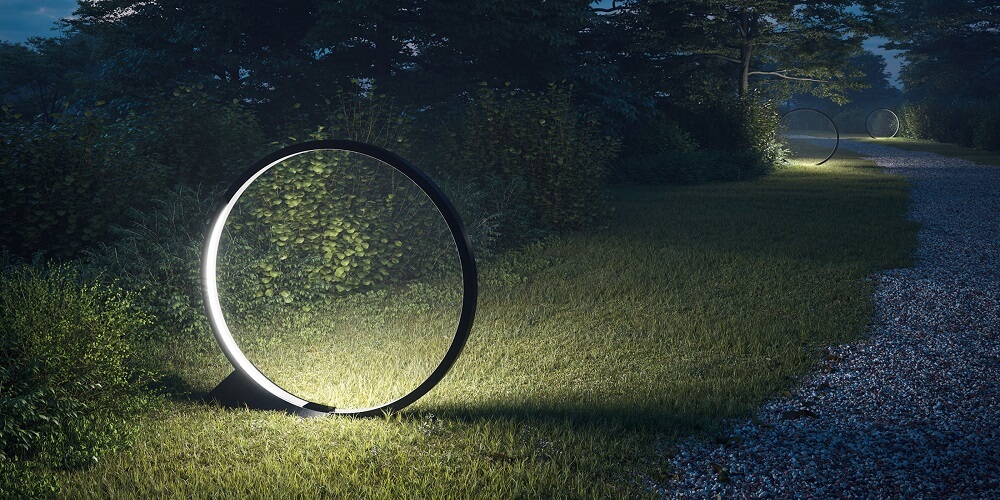Sports lighting or artificial lighting is a type of lighting that provides illumination to large areas which are used for sports events. Sports lighting is used when the game is being played in an enclosed space, indoors, or when it’s dark. Artificial lighting is used in such cases to provide enough lighting on the field such that there is improved visibility for both the athletes and the spectators in the arena. When properly used, LED outdoor sports lighting makes the game enjoyable for even those watching on TV from the comfort of their homes.
Statistics show that the stadium lighting market has improved greatly since 2018. In 2018, the stadium lighting market value was approximately $432 million. Now, it has been estimated to reach a whopping $622.2 million by 2023. Certain factors such as upcoming sports events both national and international, reduced costs of LEDs, better viewing experience, and the lifecycle operating costs of LEDs are the reasons why the value of the stadium lighting market has been going up.
The Technical Aspects of Sports Lighting you Need to Consider
1. Uniformity of Illuminance
When the illuminance on the arena is uniform, the players or athletes will perform better during sporting events. Additionally, the uniformity of illuminance is also important if you want quality transmission on TV screens as the camera pans from one side to another.
2. Balancing the Vertical and Horizontal Illumination Level
When using sports lighting systems, the main goal is to ensure that the horizontal and vertical illumination levels are well-balanced such that you can get the best HDTV transmission. Finding a balance between the vertical and horizontal illumination levels ensures that the light does not affect the spectators, players, or referees. The balance simultaneously ensures that the light is just enough for an amazing viewing experience.
3. The Height of Mast
Another important technical aspect of lighting is the height of the mast. The height of the mast affects the viewing experience of everyone by reducing the glare. The height of the mast also helps balance the vertical and horizontal illumination levels, thereby providing high-quality transmission on TV screens.
4. Switching
When setting the stadium for lower-level sports activities such as club, national, or practice, switching is recommended. Switching helps conserve energy while optimizing utilization. Each event has its specific lighting recommendations and switching helps with that.
5. Controlling Light Pollution
When it comes to sports lighting, the international standard is for the spill light to be kept at the barest minimum. However, to get quality illumination on your stadium, these technical aspects will need to be handled by experts in the field of sports lighting.
Advantages of LED Lighting Over Traditional Lighting
- Precision optics.
- Higher efficacy.
- Lower lumen depreciation.
- Longer shelf life reduces the cost of maintenance.
- It is environment-friendly.
- Easy controls.
LEDs are fast emerging as better options compared to traditional lighting. The advantages they have over many conventional lightings are numerous. Since LEDs are cheaper and provide better lumen efficacy, you can be sure that LED is the future of sports lighting.


